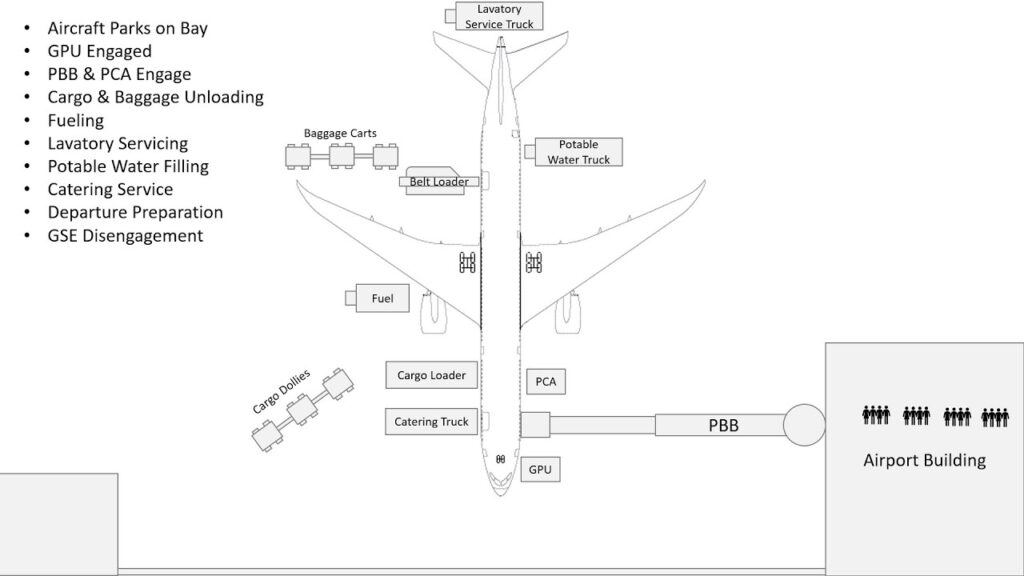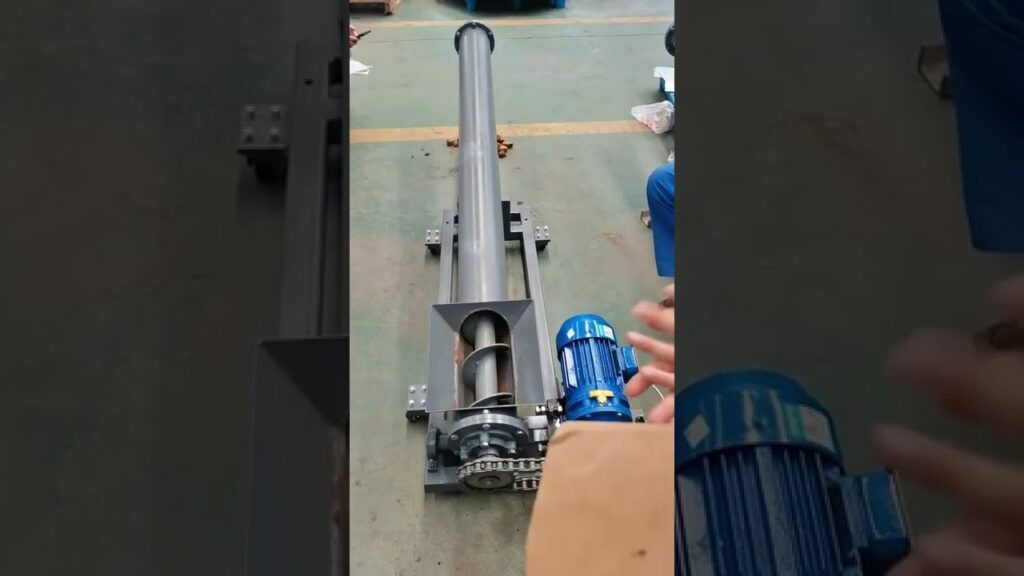Aircraft Ground Handling Operations: A Comprehensive Guide to Handling Equipment and Sequence of Airport Ramp Operations
Introduction
Efficient ground handling operations form a crucial part of the overall aviation industry. From the moment an aircraft touches the ground to its departure, various tasks are undertaken to ensure a seamless transition between flights. In this article, we will delve into the different types of aircraft ground handling operations, explore the sequence they are performed in, and highlight the significance of handling equipment in this process.
Understanding Aircraft Ground Handling Operations
Aircraft ground handling operations encompass a wide range of tasks that collectively contribute to the safe and efficient movement of an aircraft on the ground. These tasks not only involve the physical movement of baggage, cargo, and passengers but also include essential services such as refueling, aircraft maintenance, and cabin cleaning.
To gain a better understanding of aircraft ground handling operations, let us break down the process into a sequence of tasks:
1. Aircraft Arrival and Parking
Upon touchdown, the ground crew guides the aircraft to the designated parking spot. This task requires coordination between the pilot and the ground control team to ensure smooth maneuvering and parking.
2. Passenger Handling
Once the aircraft is parked, passengers disembark using various exit points, such as boarding bridges or stairs. Ground crew members assist passengers with their luggage, providing necessary guidance and ensuring a seamless transition from the aircraft to the terminal.
3. Aircraft Servicing and Maintenance
During the turnaround time, the ground crew undertakes a series of essential tasks to ensure the aircraft is fit for the next flight. These include refueling, aircraft maintenance checks, replenishing water and waste systems, and restocking necessary supplies like food and beverages.
4. Baggage and Cargo Handling
Baggage and cargo handling is a critical part of ground handling operations. After passengers disembark, the ground crew unloads the checked-in baggage and cargo from the aircraft using specialized equipment such as conveyors, loaders, and trolleys. The baggage is then sorted and transported to the respective baggage claim areas for passengers to retrieve upon arrival.
5. Aircraft Cleaning and Sanitization
Maintaining cleanliness and hygiene in the aircraft cabin is of utmost importance. Ground crew members conduct thorough cleaning and sanitization procedures, ensuring a fresh and comfortable environment for the next set of passengers.
6. Passenger Boarding and Departure
As the boarding time approaches, ground crew members assist passengers with the boarding process. They check boarding passes, handle any last-minute changes, and provide necessary guidance. Once all passengers have boarded, the ground crew prepares the aircraft for departure, including disconnecting ground power units and removing safety equipment.
The Role of Handling Equipment
Handling equipment plays a crucial role in expediting and streamlining aircraft ground handling operations. Let’s take a closer look at some of the major types of handling equipment used:
1. Aircraft Tugs and Towbars
Aircraft tugs and towbars are used to maneuver aircraft on the ground. These specialized vehicles provide the necessary traction and control required to safely move aircraft, especially in tight spaces or during adverse weather conditions.
2. Baggage and Cargo Loaders
Baggage and cargo loaders are used to load and unload baggage and cargo from the aircraft’s cargo hold. These loaders come in various sizes and configurations, allowing efficient handling of different types of baggage and cargo.
3. Conveyors and Baggage Transporters
Conveyors and baggage transporters are responsible for transporting baggage from the aircraft to the baggage claim area. These systems ensure a smooth flow of baggage, minimizing the risk of mishandling or damage.
4. Ground Power Units (GPUs)
Ground Power Units, or GPUs, provide electrical power to aircraft parked on the ground. They supply power for various onboard systems, such as air conditioning, lighting, and avionics, eliminating the need for the aircraft’s engines to run while stationary.
Conclusion
Aircraft ground handling operations are a well-orchestrated sequence of tasks that ensure the smooth transition and efficient turnaround of aircraft between flights. From the moment an aircraft arrives at the gate to its departure, ground crew members work diligently to handle passengers, baggage, cargo, and essential services. Handling equipment plays a vital role in expediting these operations, offering increased efficiency and safety. As the aviation industry continues to evolve, advancements in handling equipment technology will further enhance these crucial ground handling operations, guaranteeing a seamless and pleasant experience for passengers worldwide.
References:
– Handling Equipment. (n.d.). Retrieved from [link to the Handling Equipment page – remove URL]
– How Aircraft Ground Handling Works | Sequence of Airport Ramp Operations. (n.d.). Retrieved from [link to the YouTube video – remove URL]
Handling Machine
“Unveiling the Intricate Process of Aircraft Ground Handling: Explore Airport Ramp Operations and Handling Equipment”


